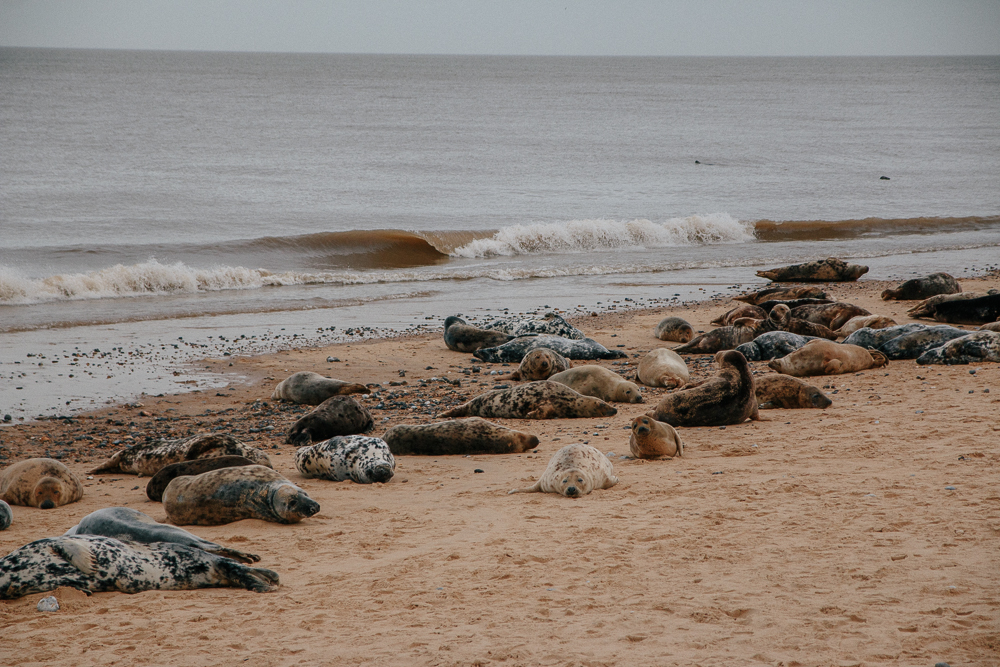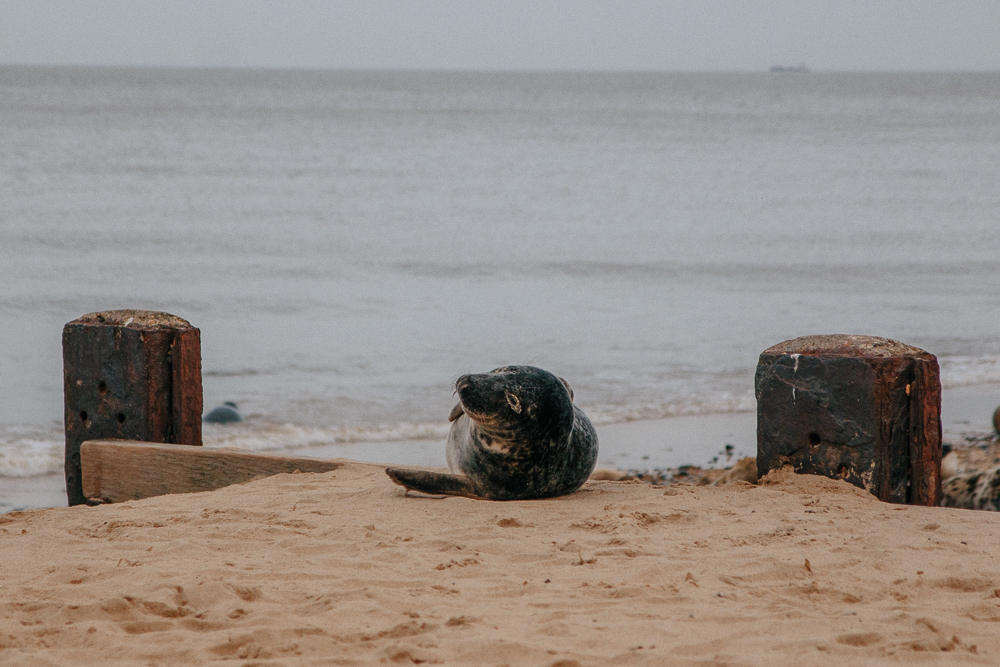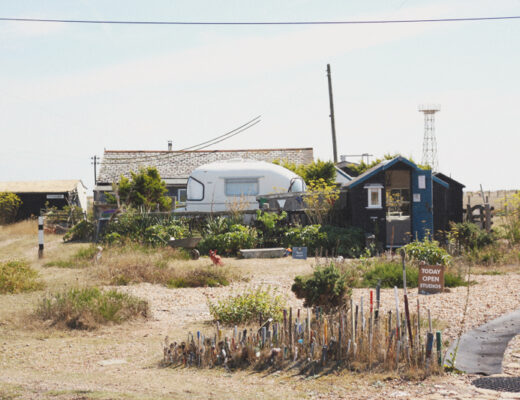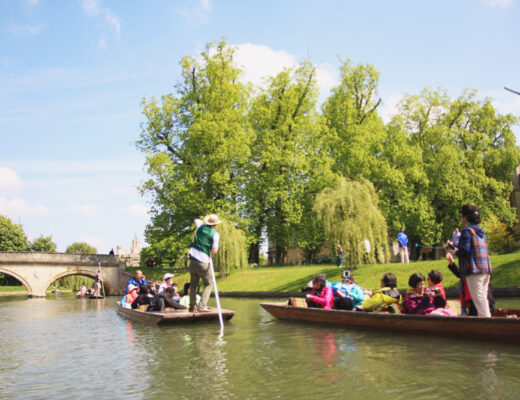


Horsey Windpump
Back in March, a couple of weekends before the lockdown, we headed out in our campervan for a quick weekend break. It was the only one we’d managed to take this year so far. We’d seen photos of the seals at Horsey on instagram and as we wanted to visit a lighthouse in Suffolk, we decided to do a mini east coast roadtrip through Norfolk and Suffolk combining the two.
I’ve also wanted to visit Horsey Windpump for a while too, so you can imagine my excitement when we drove right by the windpump on the way to see the seals, so we decided to pull in and put our membership to use. Luckily for us, it was the first weekend of the season that the windpump was open, so we actually got to go to the top too (though we couldn’t go outside as there was only one volunteer on and he was at the entrance).



The windpump was built in 1912 on the site of many previous windpumps. Like windmills, windpumps use sails in the wind to generate power – a windmill usually grinds things like flour, a windpump uses the energy to pump water through the nearby canal system of the Norfolk broads. Horsey windpump has had a very dramatic history – it’s suffered through floods, a lightning strike in 1943 which caused it to stop working, it then fell into disrepair and was restored a number of times with the most recent being between 2016-2019 to finally get the sails turning again. Unfortunately, while we were there in March, the sails were broken in the storms we had in February, so we never got to see them turning!
The windpump is open daily March-October, but the carpark is open year round dawn till dusk. Entry costs £6.90 for adults and £3.60 for children, and parking fees apply. Obviously, entry and car parking is free for members.



Horsey Seals
After our quick stop at the windpump, we headed 15 minutes down the road to Horsey Gap beach to see the seals! We literally couldn’t get over how many seals there were just lounging on the beach together. The beach is full of Grey Seals between November to March/April each year which make it their home during their ‘pupping’ and moulting seasons. It’s one of the best places in the UK to see wild seals, and it was so amazing to see them in their natural habitat rather than in a zoo/aquarium.
In all honestly, the seals were pretty inactive when we visited in early March, but it was lovely to be able to see them all chilling on the beach. A few would venture out into the sea, but they mostly just slept on the beach the entire time. I will warn you though, the smell isn’t the most amazing as you can imagine…




There’s two main times of the year to see the seals – Pupping Season is between early November to late January. This is when the mother seals head onto the beach to give birth to their babies. This is one of the best times of the year to see them, with the busiest period between Christmas and New Year, though the carpark can get busy at this time. Due to the stress on the seals at this time of year, certain areas of the beach are closed off at this time as not to disturb the pups. If humas get in the way of a mum and pup, the pup can be abandoned.
Between February and March/April, the moulting season starts. This is where adult seals start to loose their old fur and grow their new layer of fur. Because of this, the seals are more sensitive to the cold sea water, so they tend to stay on the beach to conserve heat. At this time, as the pups are a few months old, you can walk along the beach, ensuring you stay at least 10m away from the seals at all times. It’s definitely worth a visit between this time if you can.
During the summer months, the seals leave the beach. No-one knows where they go, but they come back again each winter! You do have to pay for car parking, which costs £3 for 2 hours of parking and cards are not accepted (at least as of March 2020). You can find more info about the seals here.

Orford Ness Lighthouse
Just because I barely took any photos of the next day of the weekend which took us down to Suffolk to visit Orford Ness Lighthouse, I thought I’d stick this in here at the end haha! We wanted to visit for years but never made it due to the times of the boat crossings to get across, but over the past few years the lighthouse has been getting damaged by the coastal erosion. You can see here how far away from the shore the lighthouse was in 2015 but with the erosion, it’s been getting closer and closer to the sea each year.
The outhouse buildings were damaged in October last year and partially collapsed, then what was left was demolished, and with the recent storms in February, the lighthouse was on the brink of collapse too. So it was decided that it would be demolished as soon as possible this year. If you’ve been reading my blog for a while, you’ll know how much I love to visit lighthouses, and it’s my goal to try and visit most of the ones in the UK. So of course we had to visit before it was gone forever… which involved a 9 mile round trip hike as the ferry is not on during winter. Well, lets just say I don’t fancy that again haha! You can see how we got on in the vlog below!






2 Comments
Laura
June 29, 2020 at 6:07 pmOH MY GOD those seals are so cute and there are so many of them!! Adding this place to my list immediately <3
April
July 3, 2020 at 8:24 amI was so shocked at how many of them there were! So cute!, though they were a little scary haha!